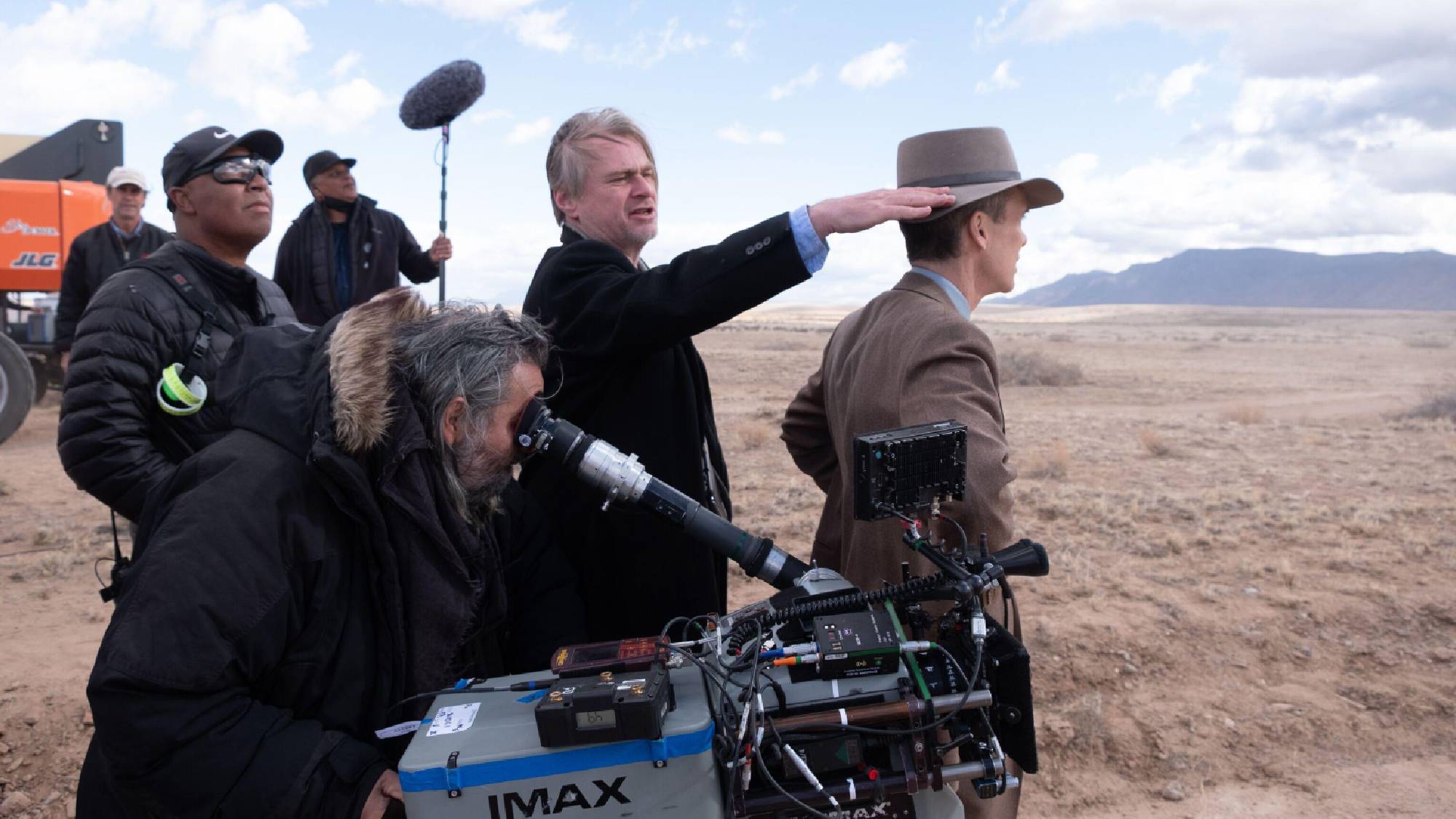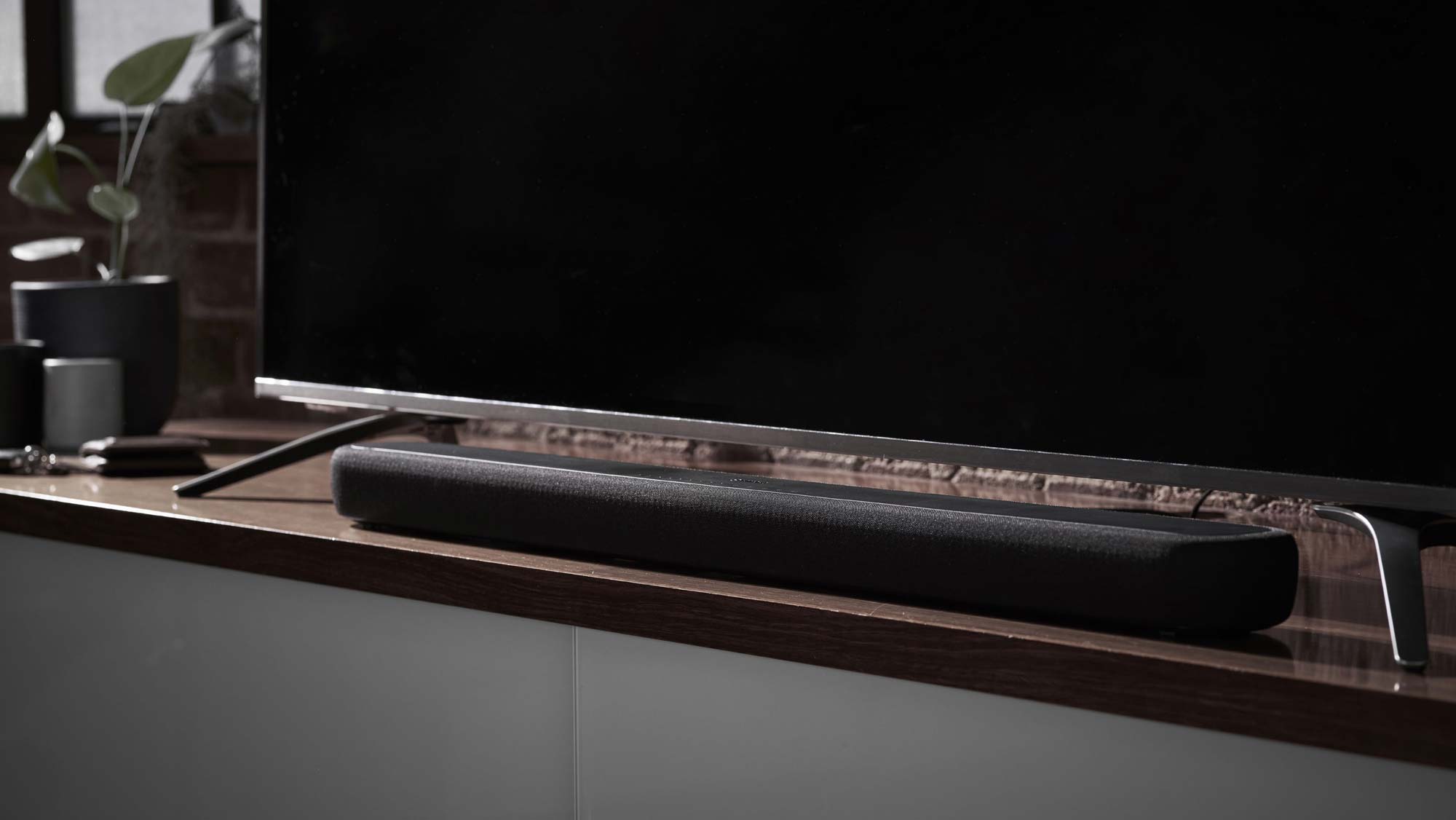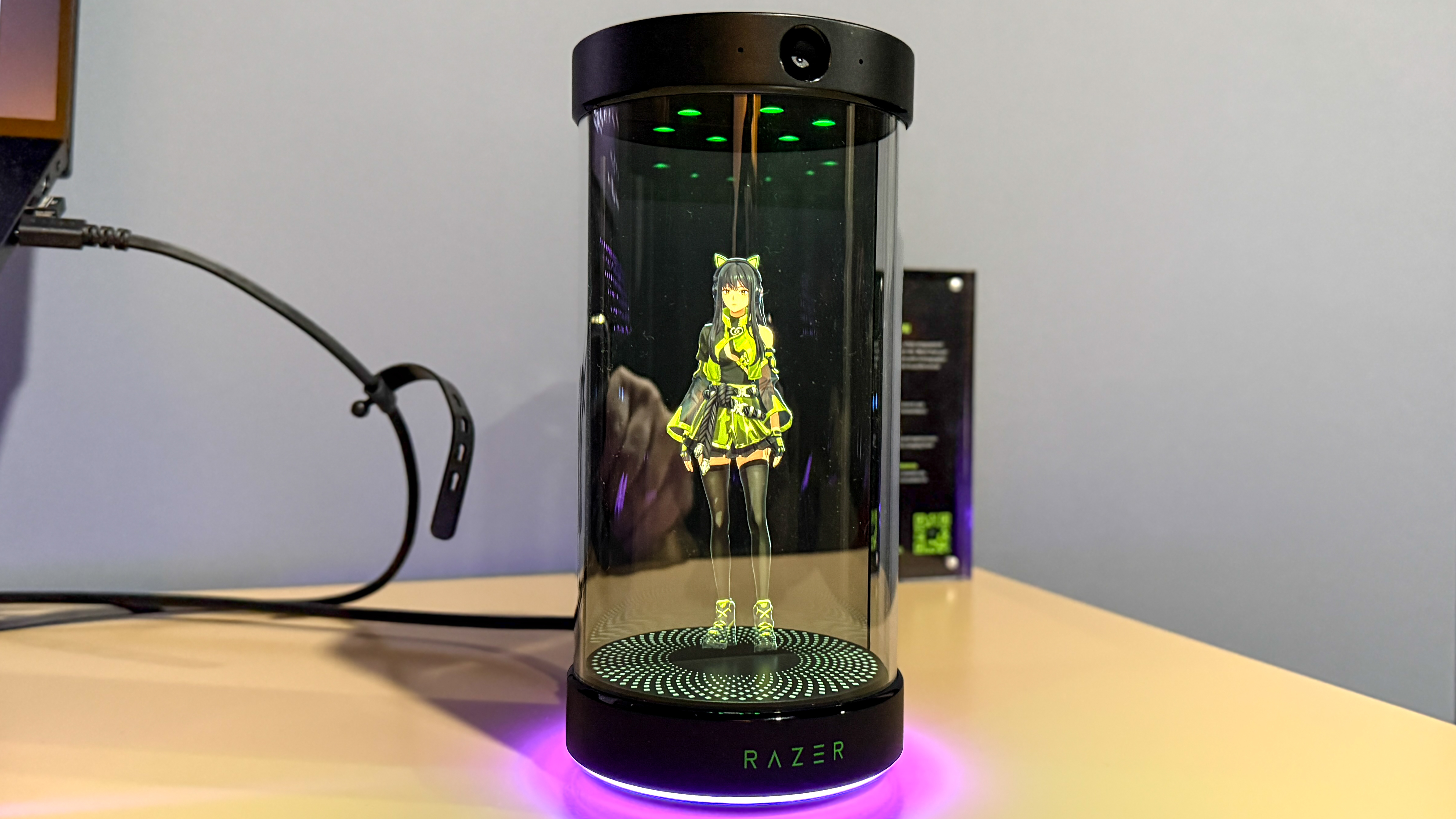Tired of hard-to-hear dialogue on your TV? Here's how to fix it once and for all
Take a stand against muffled audio

It's become a ritual: Dimming the lights, settling in for a movie or show, and immediately reaching for the rewind button when an important piece of dialogue lands with a garbled thud.
Having tested cheap TVs, mid-range models, and high-end flagships, and I can tell you that no TV is immune to the issue of hard-to-hear dialogue — even the best TVs on the market. But if TVs are getting better, why is it still a struggle to hear what the characters on your screen are saying sometimes?
The issue is rather complicated, but depending on your outlook, the solution could be pretty simple.
Why is it so hard to hear dialogue on my TV?

For some creators (like filmmaker Christopher Nolan), soft, imperfect dialogue is a feature rather than a bug. In addition to using notoriously loud IMAX film cameras for many of his most iconic sequences, Nolan famously favors a natural soundscape, free of dialogue that's been carefully recorded in a studio and added back into the mix during post-production.
However, not every filmmaker is Christopher Nolan, and movies and shows that do use automated dialogue replacement (ADR) still occasionally suffer from unintelligible dialogue, or speech that's seemingly mixed much lower than car crashes and explosions. So, what else is going on?
Recently, I broke down how the rise of high-budget, cinematic TV could help to explain why newer shows look too dark on TV. The same factors could be contributing to the muffled dialogue trend. Everything, from on-set equipment (like microphones) to post-production tools (like audio mixing software), is better now than it's ever been. In addition, creators are blurring the line between film and TV, sometimes striving for a presentation that might be better suited for a movie theater than it is your living room.
What can I do to hear dialogue better on my TV?
While most of us don't have a hand in how TV shows and movies are shot, mixed, and compressed, there are a handful of things you can try to make it easier to understand what's being said when characters are talking.
Get instant access to breaking news, the hottest reviews, great deals and helpful tips.
1. Change your TV's audio preset
Most TVs — even the most affordable ones on the market — offer at least a couple of audio presets, much like they do picture modes. Some of these presets might have names that call to mind specific picture modes, like the Theater audio mode on the Hisense U8N.
On entry-level Samsung QLEDs like the Q60D, the options are a bit more limited: Standard and Amplify (the latter of which explains itself). You might even find that one of your TV's audio presets has a name that emphasizes clear (or enhanced) dialogue. The aforementioned U8N offers a preset called Speech, for instance.
You'll have to play around to see what works best within the acoustics of your living space. I've always favored presets with names like Cinema, Theater, or Movie, but your mileage may vary.
2. If it's not already, set your TV's audio to stereo (or enable surround sound)
You're less likely to run into a basic stereo setting on a midrange or high-end TV, but if you're the owner of a modestly priced TV with a basic set of features, there's a chance that stereo audio hasn't been enabled by default.
Be on the lookout for a generic surround sound setting, either in addition to or instead of a stereo toggle. Even if you're relying on your TV's built-in speakers, this setting could give the TV's audio a bit of a boost. Years ago, I owned an entry-level Vizio TV that sounded much better when its Surround Sound mode was enabled.
3. Play around with additional audio settings, if you've got them
On some TVs (especially higher-end models), you might be given an entire toolbox of audio features designed to enhance the experience of using the TV's built-in speakers. Many of these settings cater to hard-to-hear dialogue specifically.
One that comes to mind is Sony's Voice Zoom 3, which isolates dialogue and lets you control its volume independently of the rest of the audio. This setting can be found on both the Bravia 8 and Bravia 9.
But even if you don't own a pricier TV like these, your TV still might have some audio-based tricks up its sleeve. You won't find Voice Zoom on the entry-level Bravia 3, for instance, but Sony has still outfitted this TV with audio settings that might improve dilaogue clarity. There's Surround Effect, Auto Volume (which keeps audio consistently leveled across various inputs), and even something called Dialog Enhancer.
The point is, regardless of how basic or fancy your TV is, you might be sitting on audio settings that should be enabled or disabled, depending on your preferences.
Closed captions are quick to enable and easy to get used to
Many of my friends and colleagues have embraced the closed caption lifestyle.
Many of my friends and colleagues have embraced the closed caption lifestyle and will never go back. For one thing, the setting is relatively easy to enable and disable, regardless of streaming service, cable provider, or format. Closed captions are a great option, too, when you're trying to keep the TV volume at a minimum (at night while others are sleeping, for instance).
It's an obvious tip, but if you've experimented with each audio preset and exhausted all of your TV's audio enhancements, closed captions will get you through the explosive finale of "Tenet" without your spouse waking up. (I can't promise that understanding the dialogue will help with the plot, though).
Spring for a soundbar — you won't regret it

These days, you don't have to spend too much to take home a reliable, affordable soundbar, and unless your TV features top-tier onboard audio, even the most basic soundbars are going to be an upgrade for your living room.
A basic upgrade like this could make all the difference.
We loved our favorite budget-friendly soundbar, the Yamaha Yas-209, when it was available for $350. Right now, you can nab a Yamaha Yas-209 for about $160 on Amazon. It even comes with a subwoofer for extra thumps on the low-end.
If that model isn't right for you, take a look at our guide to choosing the best soundbar. It might seem intimidating to bring more equipment into your living room, but if you're struggling to hear dialogue with relative frequency, a basic upgrade like this could make all the difference.
More from Tom's Guide
- Why is my favorite TV show so dark and how do I fix it?
- What is TV glare and how do you get rid of it?
- Do you actually need Dolby Vision on your next TV? Here's the answer

Michael Desjardin is a Senior Editor for TVs at Tom's Guide. He's been testing and tinkering with TVs professionally for over a decade, previously for Reviewed and USA Today. Michael graduated from Emerson College where he studied media production and screenwriting. He loves cooking, zoning out to ambient music, and getting way too invested in the Red Sox. He considers himself living proof that TV doesn't necessarily rot your brain.
